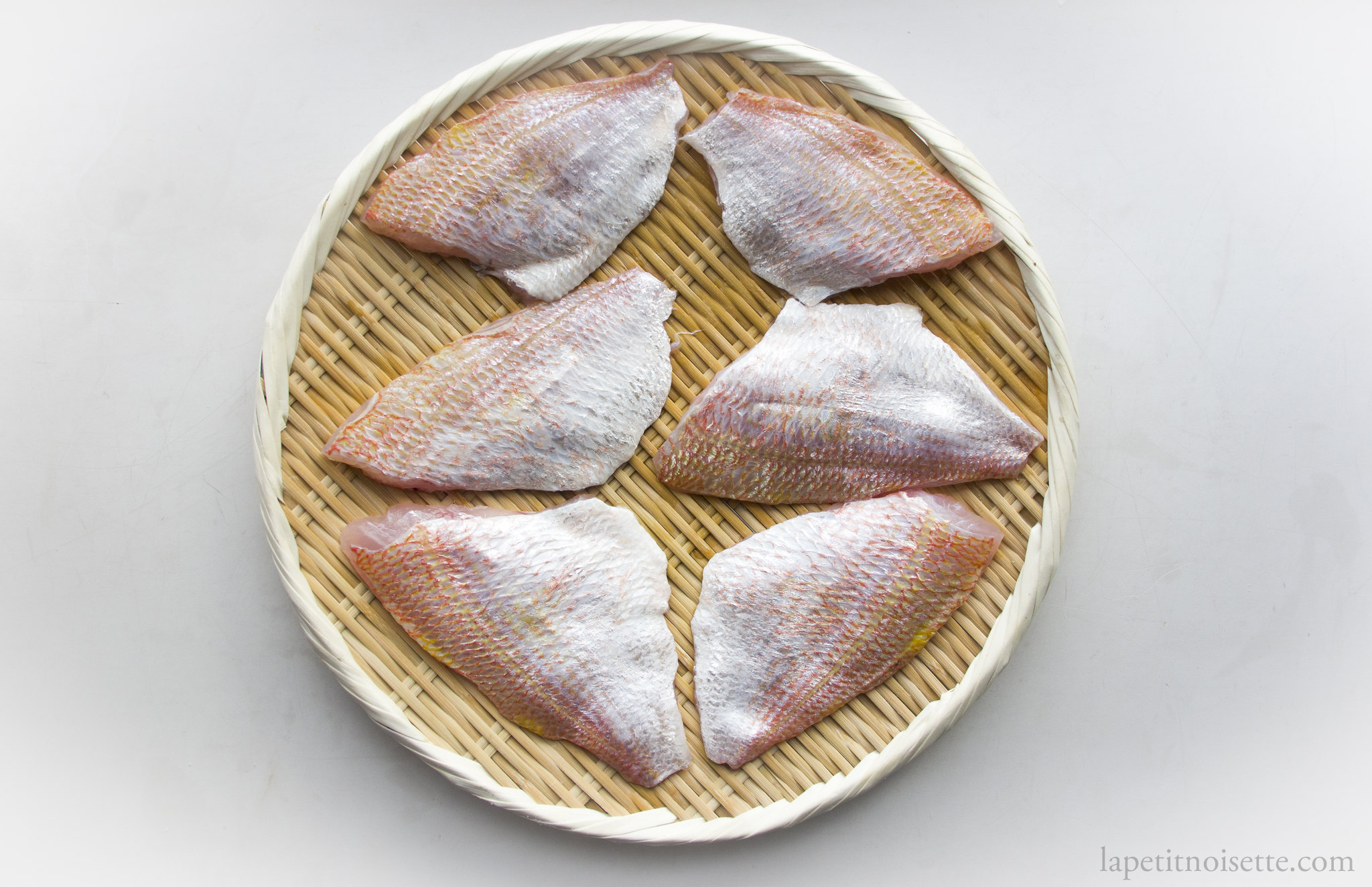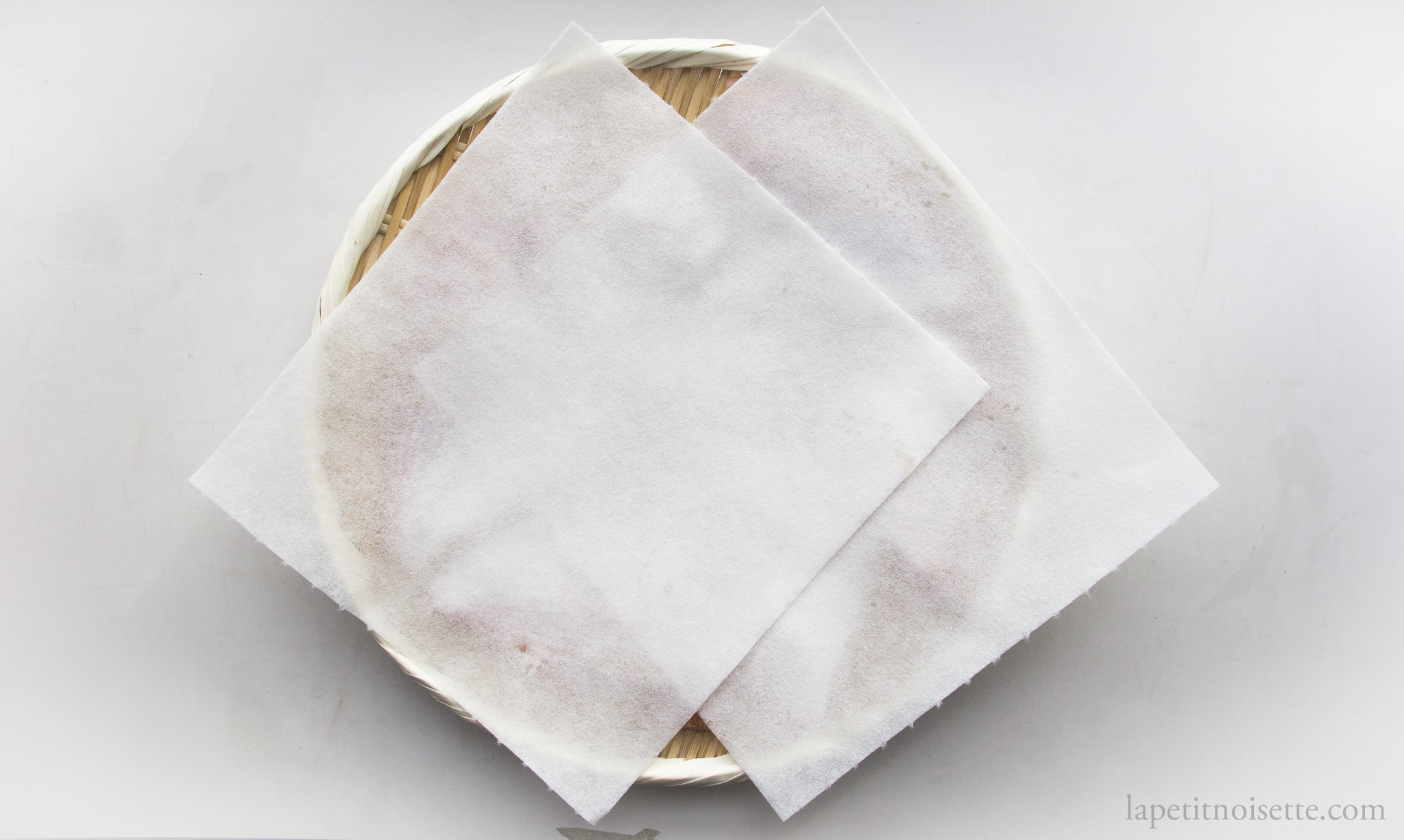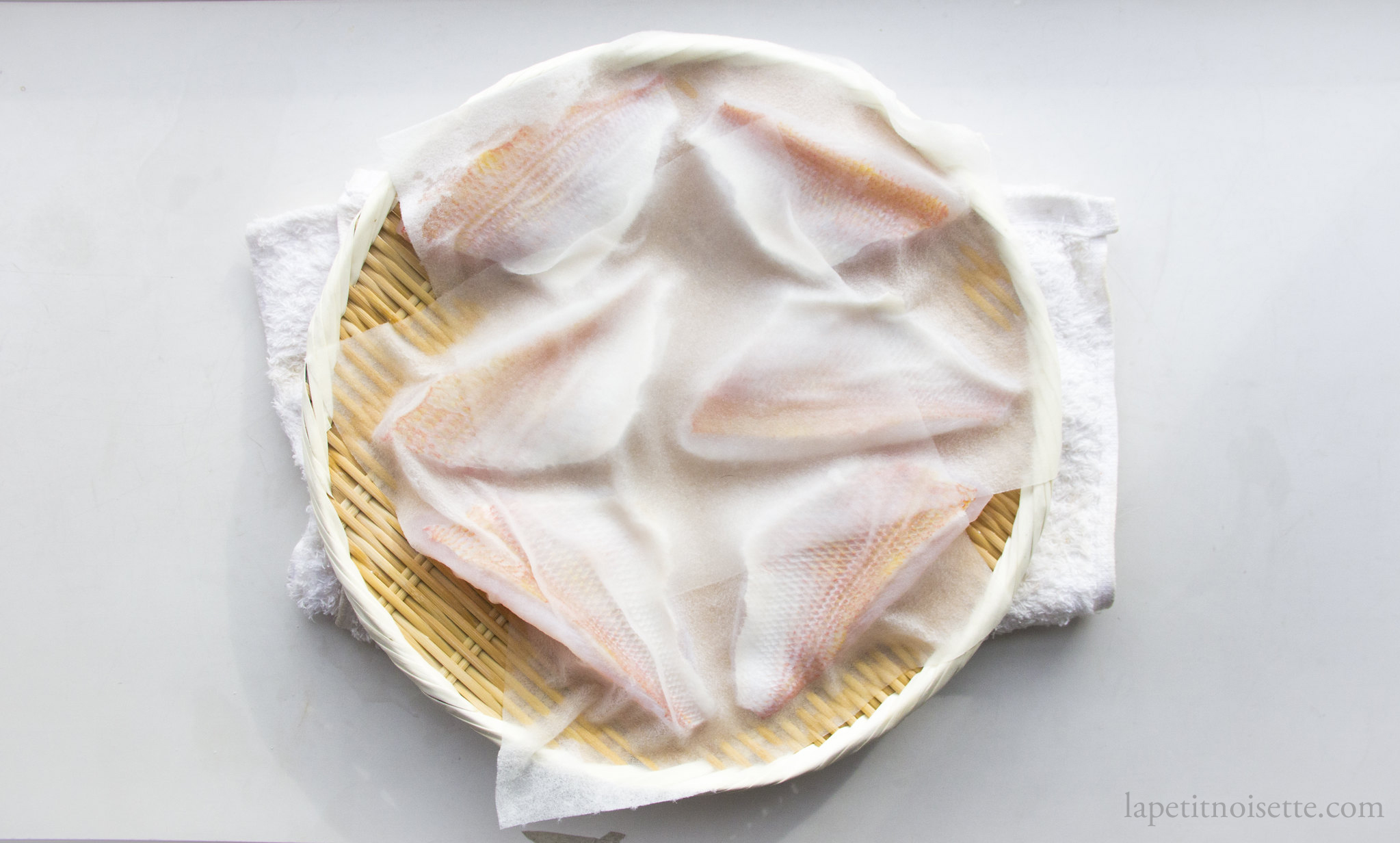Kombujime (昆布〆/昆布締め) is a technique used to enhance the taste of sashimi fish through ageing the fish between two sheets of kelp (Kombu/昆布). This technique is typically applied to white flesh fish (Shiromi/しるみ/白身) such as sea bream or flounder. This is because white flesh fish tends to have a more subtle flavour and has a greater focus on its texture. By applying the Kombujime technique, the texture of the fish softens and the glutamates from the kelp transfer over to the fish, accentuating its flavour. The Kombujime technique was first invented in Toyama prefecture (富山県) when large amounts of dried kelp was sent there via traditional ships (北前船) from Hokkaido.
Please read this article first on the science of ageing fish.
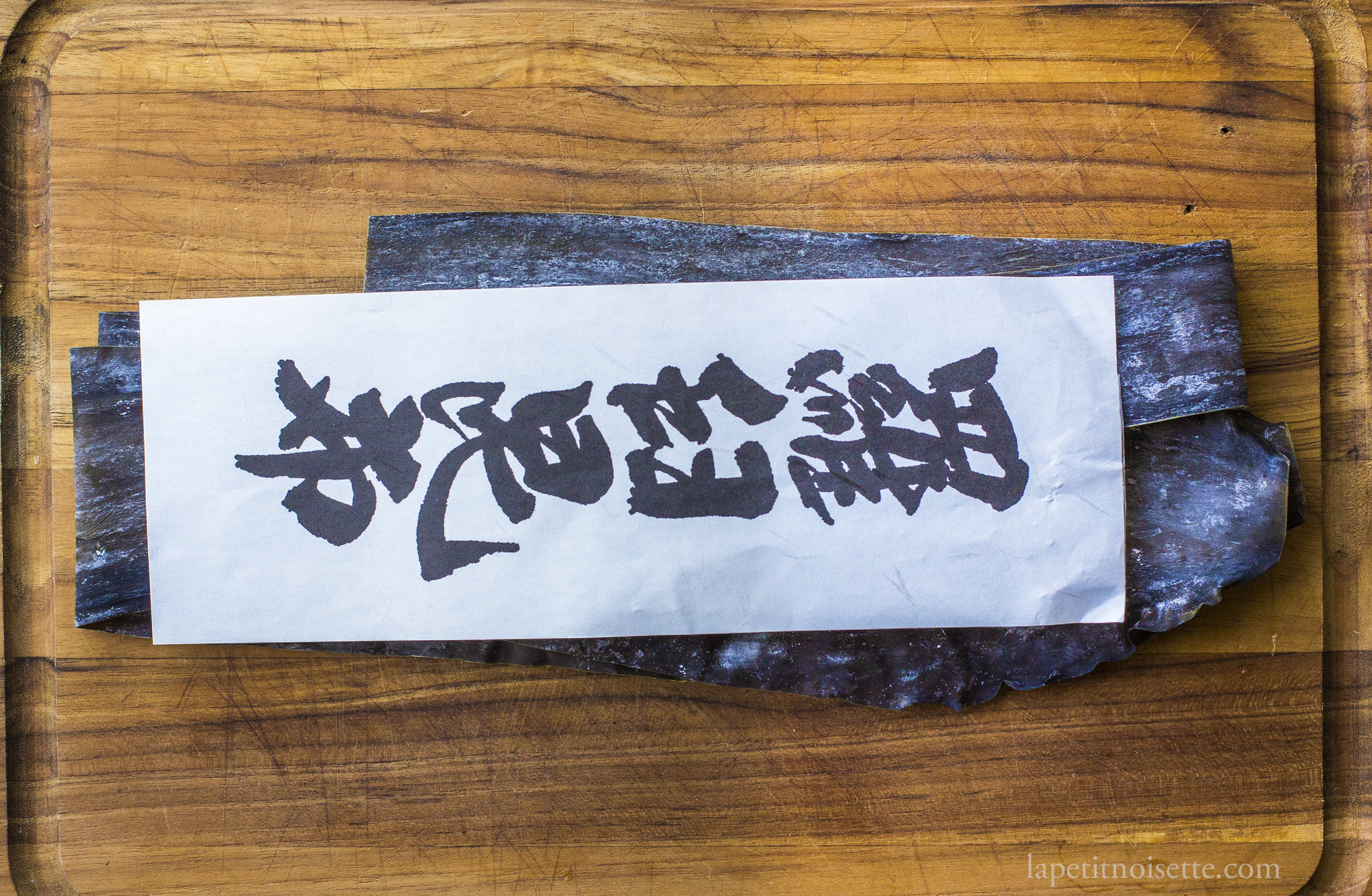
As the technique spread around Japan, it was incorporated into Edomae (江戸前) sushi. Edomae in a way translates to “in front of Tokyo Bay” but is now used to describe the Tokyo style of sushi. As with all fish ageing, the point of the technique is to improve the flavour and texture of the fish. However, the change in texture can sometimes be that of personal preference, which can be seen in the raw fish eaten in Southern Japan and South Korea, where raw fish is consumed straight after killing, retaining a very chewy texture and not a lot of fishy taste.
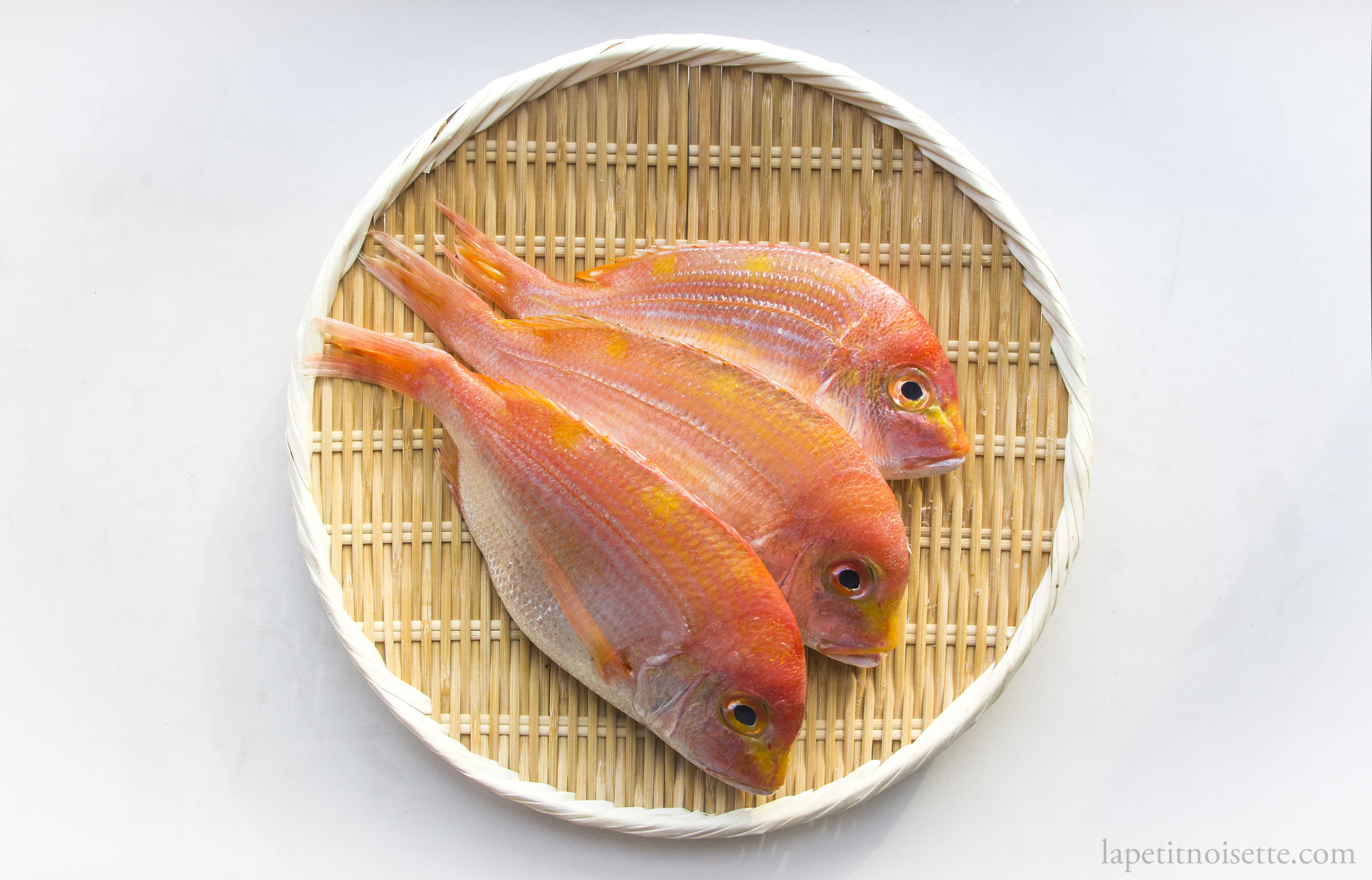
This technique uses fish fillets instead of entire fishes in order to maximise the surface area exposed to the kombu. The kombu is typically dried in Hokkaido before being sold and needs to be soaked in liquid to soften it. Some higher-end establishments soak the kombu in 100% sake solution but you can dilute it down with water or just use 100% water. The advantage of using 100% water is that the remaining soaking liquid is basically kombu dashi. To allow for a more gradual absorption of the kombu flavour, the skin of the fish fillets are not removed. Instead, they are quickly splashed with boiling water to lightly cook the skin, making it soft enough to be eaten.
The fish used in this recipe is yellowback/crimson Sea Bream, also known as Renkodai in japanese (連子鯛/れんこだい). These fish have been dispatched using the Ikejime technique.
Kombujime Recipe:
- Soak the kombu in 50% water, 50% sake solution.
- Cut off the heads of the fish and remove the innards.
- Fillet both sides of the fish and use a clean towel to wipe off any blood in the fillets.
- Insert a knife under the rib bones and cut off the rib bones.
- Remove the pin bones of the fish fillets.
- Plate the fish fillets on a colander and cover with a cloth.
- Gently pour boiling water all over the fish fillets, with a bit more boiling water on the tail. Slight curling of the fish fillets is normal.
- Transfer the fish fillets to an ice bath to stop any further cooking.
- Squeeze out any excess liquid from the kombu and lay flat on a chopping board.
- Lightly salt the kombu.
- Lay the fillets on the kombu and cover the fillets with another layer of kombu.
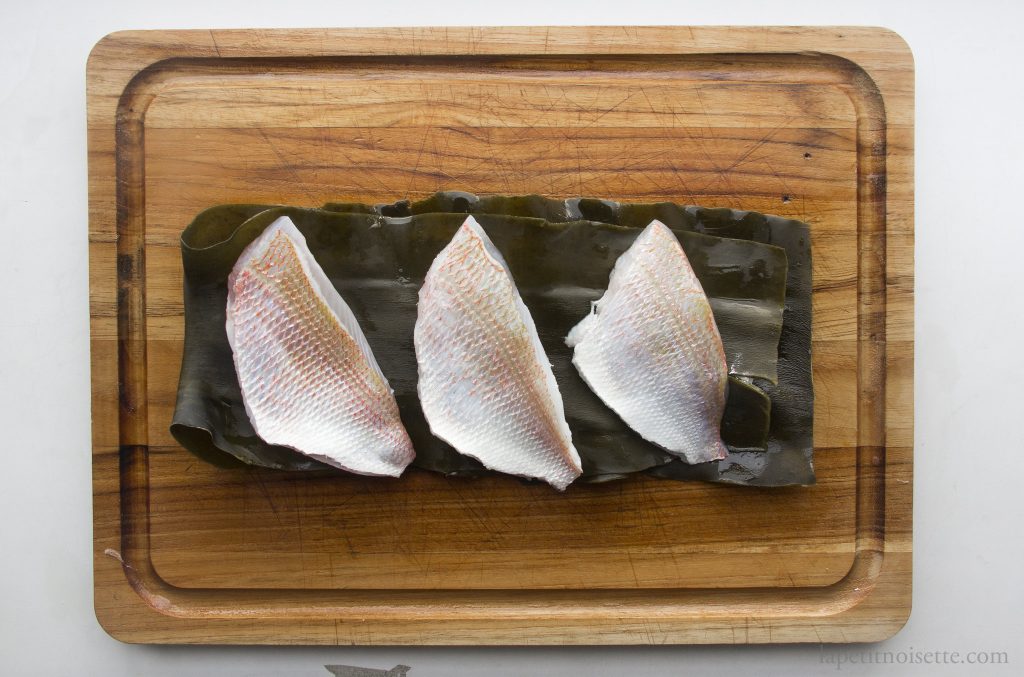
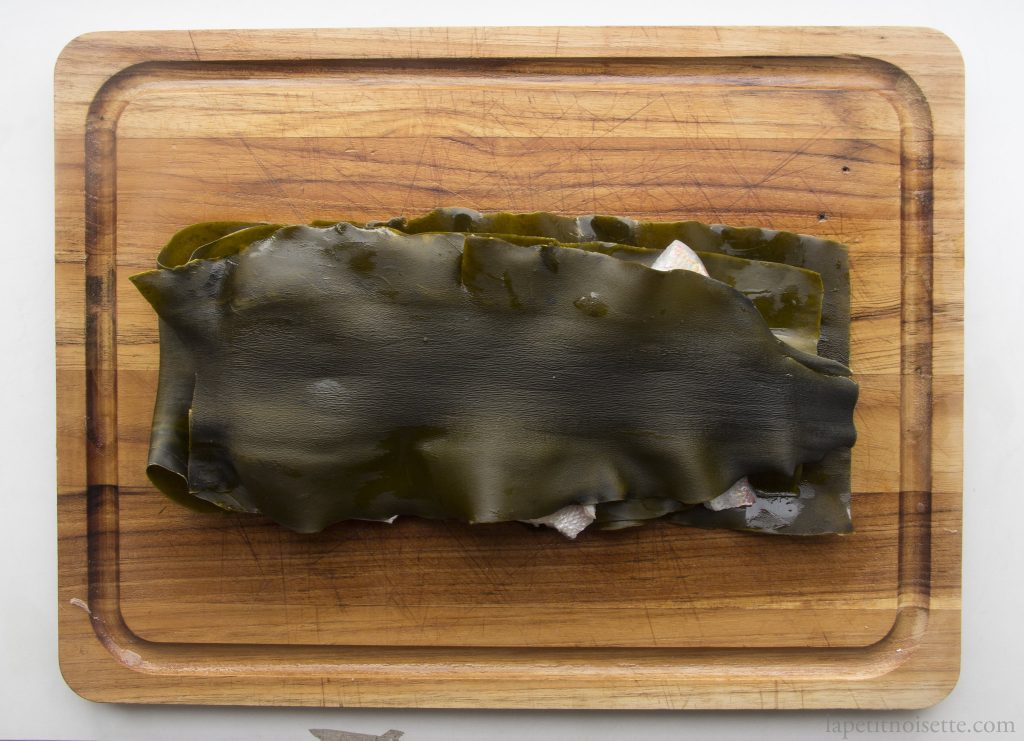
The whole idea of this technique is to allow the taste of the kombu to enhance the taste of the fish. Salt is first sprinkled onto the kombu in order to draw out the moisture from the fish through osmosis. This not only helps preserve the fish but also flavours it.
Results:
The fish is actually ready to be eaten after being cured for 24 hours, but you can leave it to age in the fridge for up to 5 days so that maximum flavour is developed. The speed at which the flavoured is transferred is actually inversely proportional to time. This is because as the fish increases in flavour, the glutamate concentration difference between the kelp and fish starts to reach an equilibrium which results in the slowing down of flavour transfer. Once the equilibrium is reach, there will no longer be any more flavour transfer between the kelp and fish. Below is a picture of the fish after 5 days of ageing under a ziplock seal.
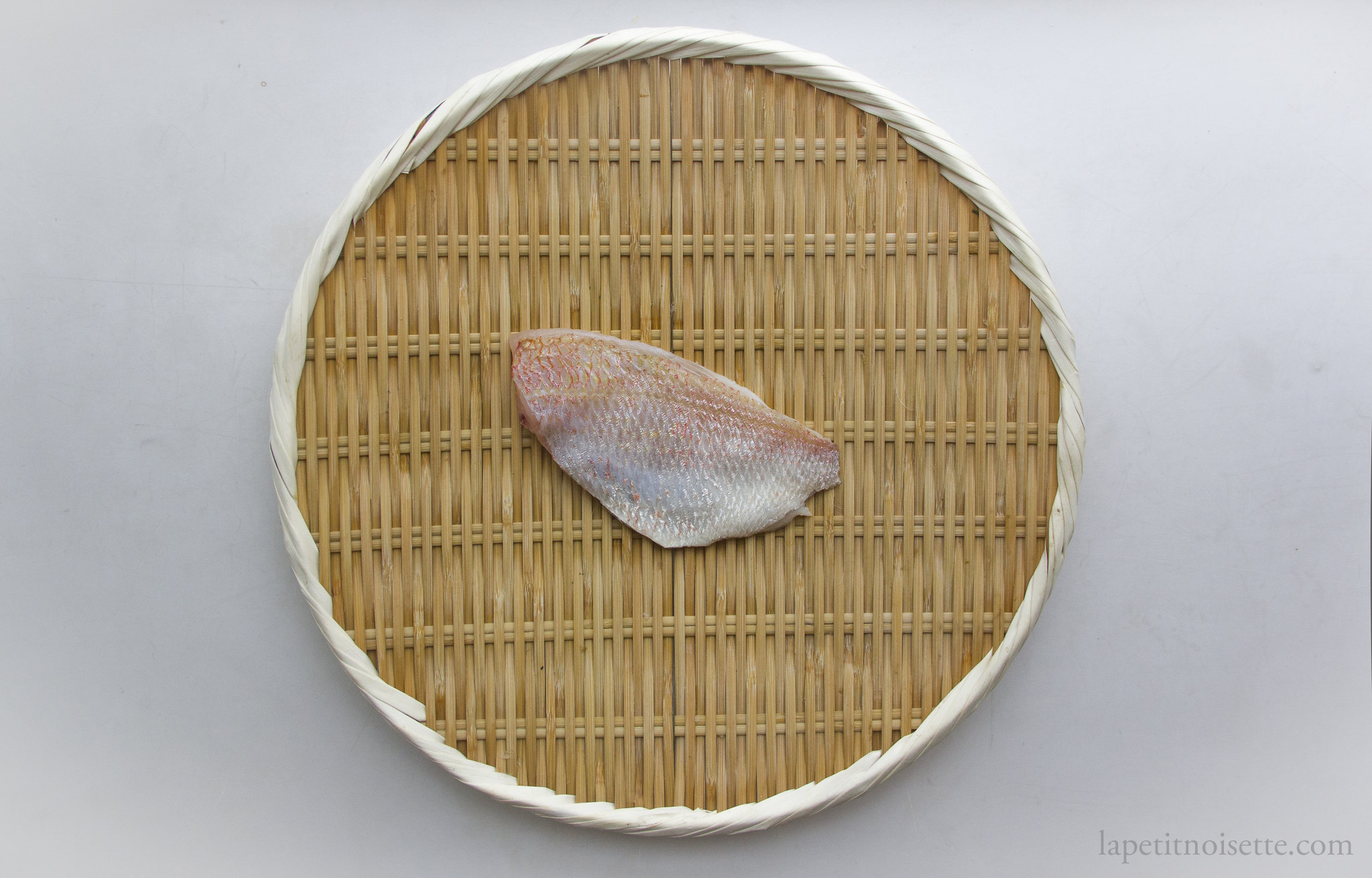
If you inspect the colour of the fish, it would not have dulled at all and there should be no fishy smell coming from the fish. The flesh is still firm and not soft at all, and is exactly what you would expect of typical sashimi fish visually, but with a much more complex depth of flavour.
After the initial 5 days of ageing, I continued the ageing of the fish just to demonstrate what is possible. After this stage, the the Kombu serves as a protective layer of the fish as not much more flavour transfer will occur. As mentioned in my post on fish ageing, what occurs from here onwards is that instead of receiving glutamate from the Kombu, the fish itself starts to produce glutamate and a whole host of other flavour compounds through enzymatic breakdown.
Here, it’s worth bringing up again the difference between rotting and ageing. Ageing doesn’t involves the natural breakdown of the meat due to its own enzymes. Rotting is the breakdown of the meat due to bacteria or fungus growth. If bacteria or fungus grows on your meat, it is no longer safe to eat. Bacteria and fungus thrive in a moist and unhygienic environment and therefore maintaining a dry and clean environment is very important.
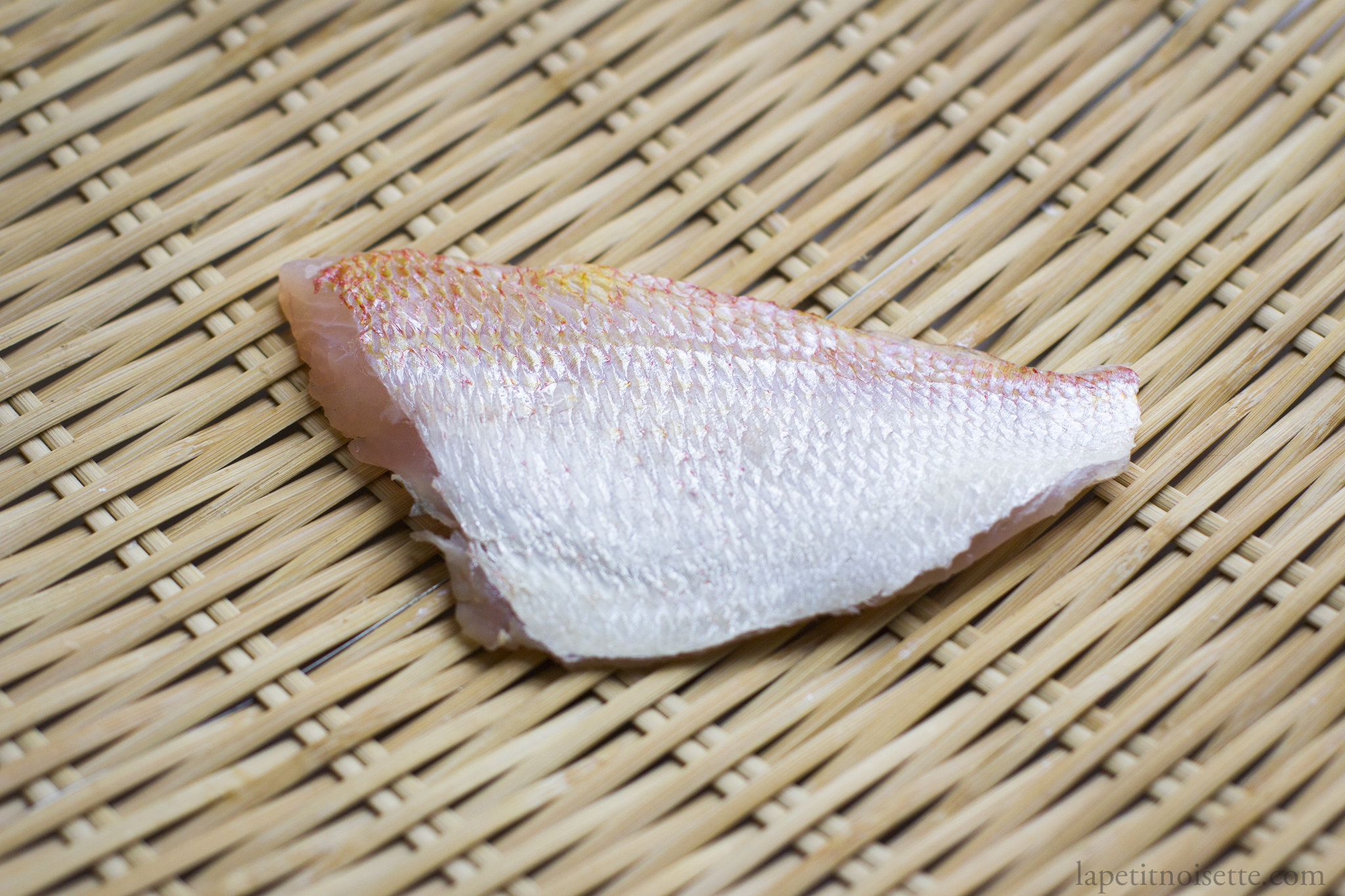
At this point, it is important to keep a careful eye out on the fish to ensure no mold growth occurs. As mentioned before, a mild fishy smell is unpreventable and it is up to good practice to remove it. Each fillet here is gently removed every 5 days and gently rinsed with clean cold water before being patted dry and wrapped with kombu again. The kombu is also occasionally wiped clean.
After 15 days, there is actually no real noticeable visual difference in appearance compared to when it was aged for 5 days. Texture wise, the fish is now much softer but does not differ much in terms of smell. Taste wise, it had a much fuller mouth feel and a slightly more noticeable seafood taste, nothing that could be described as bad in any way.
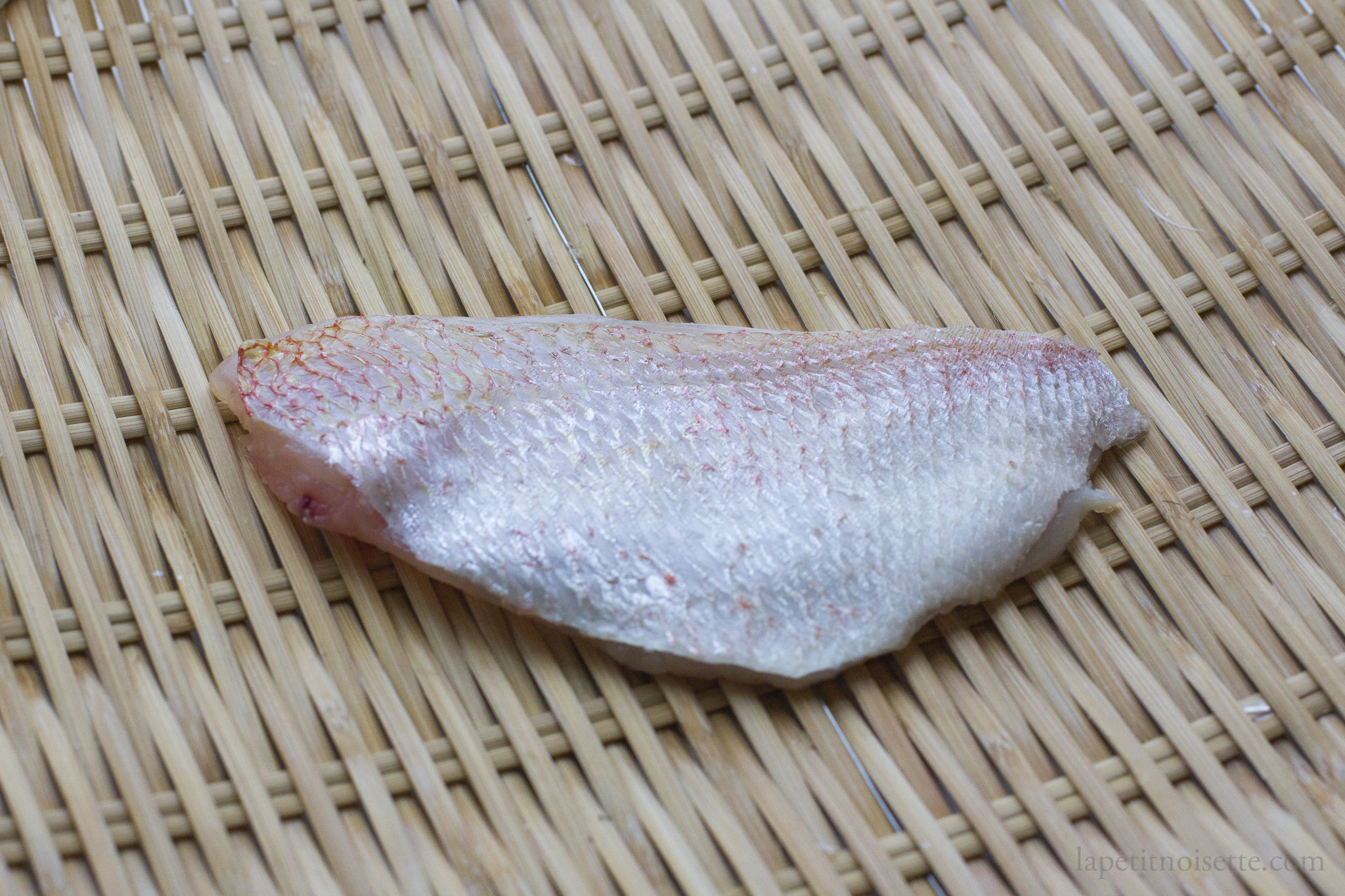
After 25 days, the smell of the fish was much stronger and reminded me very much like that of the ocean, with a hint of freshness and sea breeze. Surprisingly, the colour of the skin was still bright and vibrant, however, the colour of the flesh was starting to dull and grey. Taste wise, I would say that this was at its peak of maturity, and any further ageing would not improve the taste anymore. It had the umami of a gentle cheese but was not funky enough to be called rotten. It was like taking a bite of the ocean, very much like a oyster. Texture wise however, it was maybe a little too soft already, borderline on the mushy side.
At the 35 day mark, the fish was clearly over aged, with a strong, almost pungent fishy taste even with cleaning every 5 days. The texture has gone mushy and the fish was literally falling apart. Maybe with a bigger fillet size or better fish ageing techniques it would be possible to take things further, but for now this was at the point of inedibility. The flesh has been over oxidised.
Basic Safety Notes:
Please remember to keep your workspace clean at all times. Basic hygiene goes a long way. The main cause of concern when ageing fish is blood. There should not be any blood on the fish fillets you are using. The gills of the fish in particular house a lot of bacteria so try to remove the head of the fish in one motion without disturbing the gills. Remember to keep the ageing environment you keep the fish in fairly dry. Moisture promotes mold growth. When removing the fish from the kelp, just give it a good smell and visual inspection before tasting. If it smells bad then don’t eat it. There should be no sign of mold growth at all but a little browning of the flesh from oxidation is alright.
Future thoughts:
An interesting take on this would be to soak the kombu for a shorter period of time before wrapping the fish. This would allow the kombu to actually absorb moisture from the fish. Hygiene fish, a vacuum seal would definitely allow the fish to keep for much longer compared to a standard ziplock seal, as there would be significantly less oxygen exposure. Maybe an increased salt content would allow for longer ageing as well, but adding too much salt would have an adverse effect on the fish.
